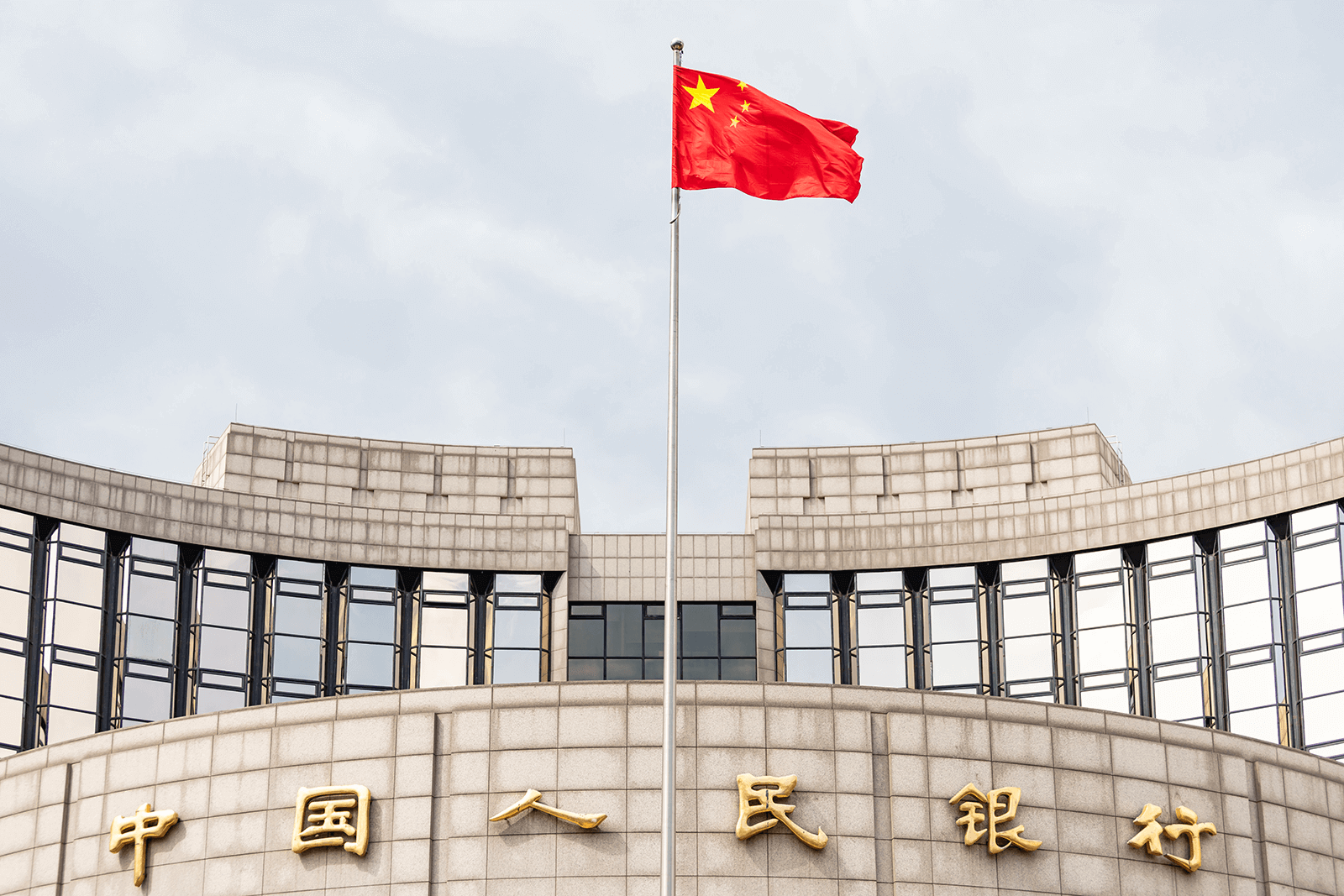The time may not yet have come for a broad-based “tipping” of portfolios from equities to bonds, but some areas of the fixed income market are certainly becoming compelling. And we speak not of US government bonds, whose (admittedly now high) yields lose some of their attractiveness when factoring in the exchange rate risk for European investors. Nor would we yet consider European sovereigns, with the ECB behind the curve and the inflation situation particularly worrisome on our continent. No, it is European credit exposure that we are looking for today – albeit selectively and focusing on investment grade issuers with solid balance sheets.
It is difficult not to begin this letter without discussing central bank policy, it being the main – if not the only – driver of financial markets this year. Some investors were hoping for a pivot? Rather, the Federal Reserve just delivered another 75-basis point hike, taking the Fed funds target range to 3.75-4%, its highest level since 2008. And Chairman Jerome Powell dismissed any idea of a pause in the rate tightening process, even if he did concede that the pace could slow going forward. Meanwhile, in Europe, President Christine Lagarde has also expressed how intent the ECB is not to let inflation become entrenched. Whether it will succeed is more questionable, though, to the extent that European inflation is not only a by-product of overly strong demand or economic growth. It stems largely from external factors, on the energy and food fronts of course, and the more regulated labour market also makes for a more pernicious wage-price spiral. So while the Fed can focus “just” on slowing the US economy sufficiently, from levels that were artificially boosted by pandemic and post-pandemic support measures, the ECB’s task is much more daunting. The risk being that excessive monetary tightening pushes the European economy into a severe recession and/or a debt crisis.
The differential in central bank policy is clearly what drives currency markets in the short-term, hence the dollar’s unrelenting appreciation against the euro. Over the longer run, however, purchasing power parity (PPP) considerations should come into play (even if their functioning is less effective when global trade is not completely free, i.e. when countries are – as today – implementing protectionist measures). And according to PPP computations, the greenback is currently ca. 20% overvalued vs. the euro. This means, in a nutshell, that an American with a 100-dollar bill can buy 20% more goods in Europe than at home. A gap that was last exceeded in 2000-2001, when the dotcom bubble burst. Before that, one need look back as far as 1984 to find a period of greater dollar overvaluation! As such, and although we do recognise the dollar’s habitual strength in turbulent financial markets, we would argue that its ongoing upmove might not have that much more to go.
From a European investor viewpoint, this suggests that buying US Treasuries only to risk losing their additional yield to potential USD depreciation is not necessary an attractive proposition. Hence our focus today rather on opportunities that are emerging in the European fixed income space. More particularly in investment grade corporate credit, where spreads have widened from 95 bp to 220 pb since January (Bloomberg Euro Aggregate Corporate option-adjusted spread). They now stand at levels similar to March 2020, when the Covid crisis hit. In fact, this is only the second time since 2012 (the end of the Greek drama) that spreads have broken the 200 bp threshold, having most of the time traded in the vicinity of 100 bp.
Investing in European corporate bonds clearly involves duration risk, with the “risk-free” rate liable to continue to move up as the ECB tightens policy. Which is why considerable attention needs to be put into limiting credit risk – avoiding the high yield segment and, within the investment grade segment (whose index has, we should note, suffered a remarkable 16% correction year-to-date), carefully selecting issuers. We would notably stay away from companies that have substantially leveraged their balance sheets during the recent zero-rate years, especially when this additional debt issuance served to buy back shares rather than invest into productive tools. Indeed, companies that have chosen to follow that route risk facing difficulties in refinancing the loans when they mature. Also, one should be wary of companies whose business puts them at a severe competitive disadvantage from a global perspective, be it because of high energy usage, of labour availability or of exposure to Europe’s more stringent environmental regulations.
Speaking of company health, the ongoing third quarter earnings season is once again demonstrating a good deal of resilience. At the sales level, positive surprises in Europe are close to 90%, thanks to price-inflated revenues (not substantially higher volumes sold). The earnings beat ratio is closer to 50%, somewhat lower than in the prior quarters, which is evidence of downward pressure on margins. Analyst (and company) estimates for 2023 generally remain overly ambitious in our view, even though equity indices are clearly pricing in a considerably gloomier scenario.
The fact of the matter is that we are in a very strange economic situation: what would otherwise be a very serious (energy and inflation) crisis is mitigated by the support that consumers have been receiving from governments, in turn sustaining demand for company products and services. At the detriment, however, of public finances – whose debt ratios are reaching extraordinary levels. Put differently, we collectively are spending money that we do not have. How long this can go on is the question, as we have written many times before. There is of course a political aspect to this question, notably in the US where the mid-term elections stand to reshuffle the majority in Congress and probably put a stop to expensive consumer support plans. And there is a financial aspect, as government debt comes up for refinancing. In the US, approximately one third of such debt is scheduled to mature between now and the end of 2023, meaning that the cost of higher rates could come to be felt rather quickly.
The EU is in a better situation in this regard, because its various member countries have taken advantage of the low interest rates in the past few years to sharply extend debt maturities. Here too, though, the planned return to fiscal orthodoxy from 2024 onwards will ensure that generous money handouts definitely become a thing of the past.
All told, several difficult years await us. This, of course, need not mean that investors cannot achieve positive returns – quite the contrary. But making money will not be as easy as it was during the past decade.









